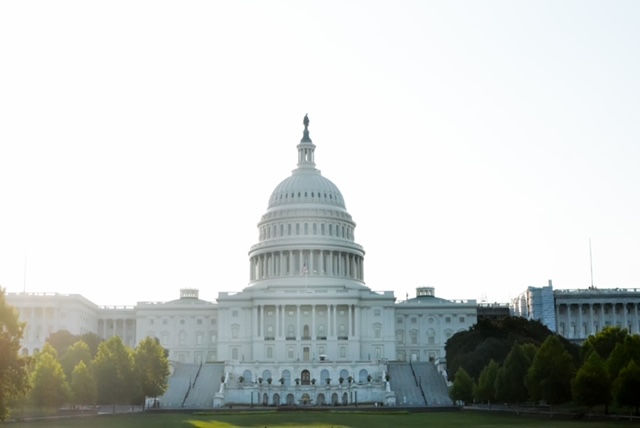It had to happen. For over 40 years, the IRS had looked the other way when it came to public sector and not-for-profit 403(b) plans. True, it had promulgated regulations but then assumed that 403(b) plan sponsors were actually following them. Alas, when the IRS conducted a three state compliance study, it found over 65 percent of those plan sponsors were not following the rules.
So the IRS did what it usually does when it finds massive noncompliance – it issued new regulations and told 403(b) plan sponsors they had a little over one year to bring their plans into compliance, or it would begin holding plan sponsors accountable, such as assessing interest and penalties to the plan sponsor. The IRS issued new final regulations, the first since 1964, and demanded that 403(b) plans be operated much like their 401(k) brethren.
The new regulations go into effect for all 403(b) plans effective with plan years beginning on or after January 1, 2009, although for those with collective bargaining agreements already in place or for church plans the effective date can be as late as July 26, 2010.
“New” Requirements
While certainly not new, the IRS now insists that all 403(b) plans actually have a plan document, whether the plan is governed by ERISA or not. In practice, many 403(b) plan sponsors have never adopted such a plan document. This is the first “new” burden on plan sponsors.
Second, 403(b) plan sponsors must ensure that all of the IRS limits relating to employee and employer contributions are properly enforced. In the compliance study it performed, most plan sponsors did attempt to properly limit employee contributions (although it found that the complex dual “make-up” contributions weren’t always properly enforced), but it found a majority of 403(b) plan sponsors not properly accounting and testing for employer match and nondiscretionary contributions to the plans.
Third, a number of laws and regulations have been developed around the need to ensure that employer contributions to a 403(b) plan are nondiscriminatory. Thus, while certainly not universal, some 403(b) plan sponsors have built matching and/or nondiscretionary contribution provisions into their plans, but have failed to perform the necessary but required tests each year.
Fourth, the IRS requires that 403(b) plan sponsors know about and control all distributions from participants’ accounts. This will be tricky in today’s pre-2009 environment, since many plan sponsors typically establish relationships with one or more 403(b) vendors, and then do little more than cut a check on behalf of its participants each payroll period to the appropriate vendor. Once that transfer has occurred, many 403(b) plan sponsors believe they are done with all of their plan administrative and operational concerns. In fact however, the new final regulations will require the plan sponsor to ensure that all loans, hardship withdrawals, in-service withdrawals, and normal distributions are properly made, with all of the pertinent rules followed closely. In the past 44 years, a number of new laws and regulations have been promulgated to deal with newer items such as loans and hardship withdrawals, and these apply to 403(b) plans as well as others such as 401(k) and 457 plans.
Lastly, since 403(b) plan sponsors will be held accountable for the proper operation of their plans, if they have multiple vendors offered to their plan participants, the sponsor must develop a mechanism to collect data from all such vendors in order to properly perform the nondiscrimination (and contribution limits) tests as well as to ensure that all loans and distributions follow the regulations.
What To Do Now
The first step to ensure compliance with the new final regulations is for the plan sponsor to inventory and review all of its current practices and vendor relationships. Does it have a plan document in place for each vendor? Does it routinely conduct tests to ensure a participant does not exceed the proscribed contribution limits? Does it make employer contributions, either matching or nondiscretionary, and if so, does the sponsor perform the annually required nondiscrimination tests? How are plan loans, hardship withdrawals, in-service distributions, and normal distributions processed?
Once such an inventory is completed, the plan sponsor can then embark upon a timetable to bring its plans into compliance. Adopting a plan document is mandatory. Will it reduce the number of vendors in order to more easily perform the necessary oversight and reduce the number of plan documents it must maintain? Will it hire an outside TPA to collect all data and oversee distributions? Will that TPA perform the contribution limits and nondiscrimination tests?
For most, January 1, 2009 is a date not too distant in the future.
Gary B. Kushner, SPHR, CBP, President and CEO, Kushner & Company, Portage, MI, www.kushnerco.com




